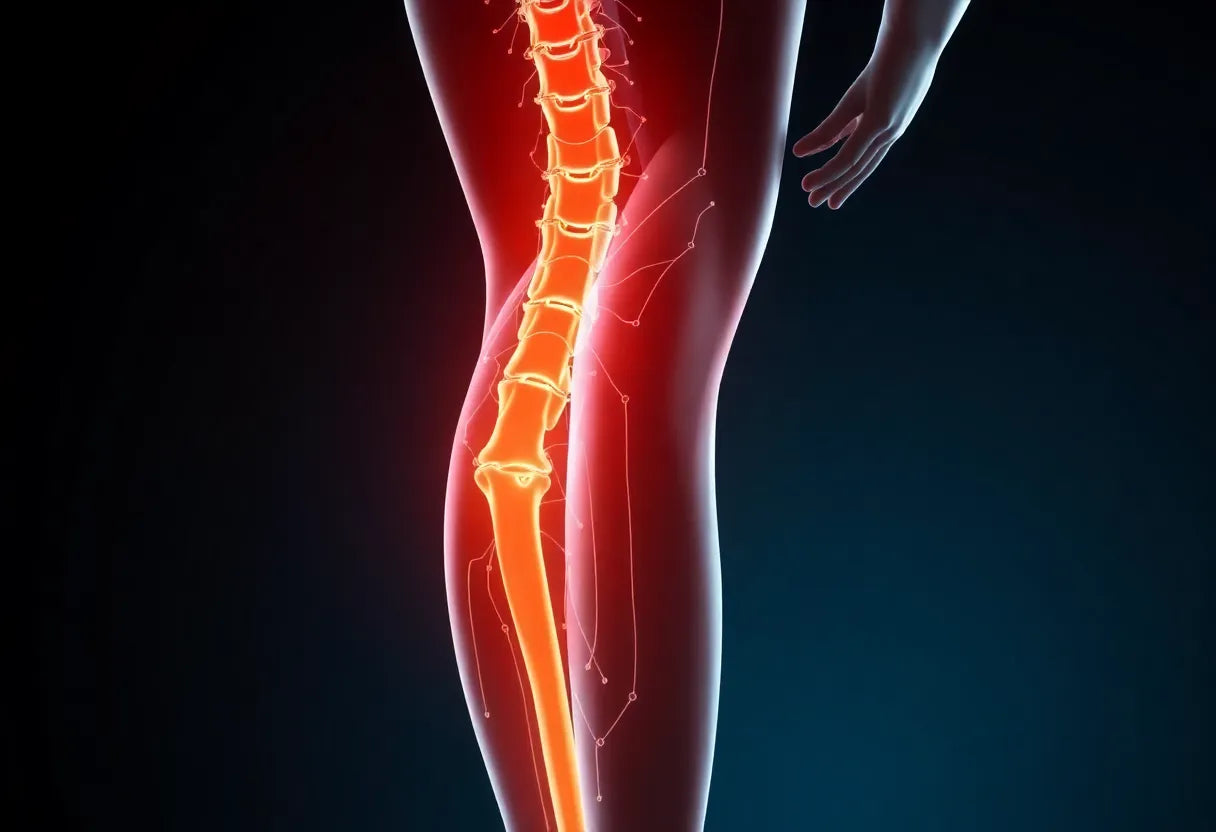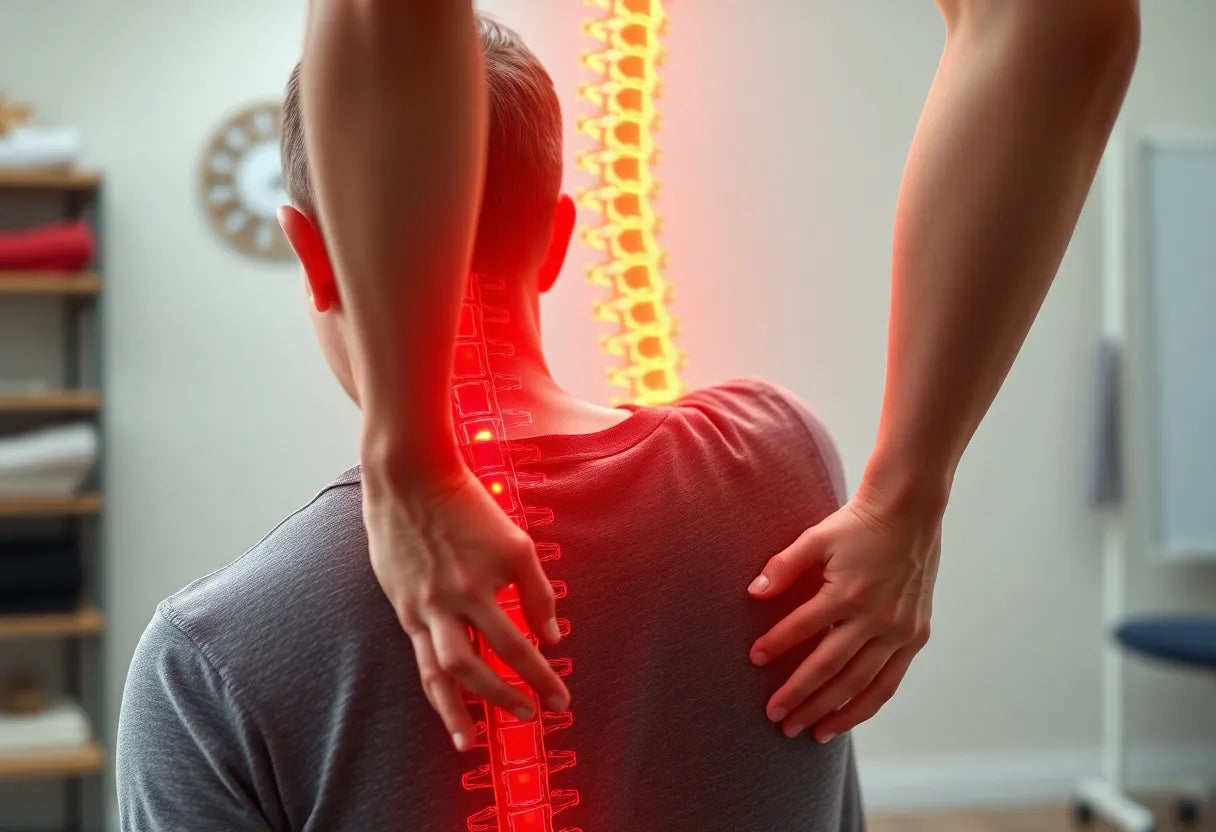Flexibility is a cornerstone of overall health and wellness, often overlooked in our fast-paced, sedentary lifestyles. It plays a crucial role in maintaining a balanced and pain-free body, particularly when it comes to the glutes and hamstrings. These muscle groups are integral to our daily movements and posture, yet they are frequently neglected, leading to tightness and discomfort. The modern lifestyle, characterized by long hours of sitting, contributes significantly to the stiffness in these areas, which can result in reduced mobility and increased risk of pain.
the dual benefits of stretching
Stretching serves as a powerful tool for both improving flexibility and providing relief from pain. Engaging in regular stretching routines can prevent injuries, enhance athletic performance, and alleviate common issues such as lower back, hip, and knee pain. By dedicating time to stretch the glutes and hamstrings, individuals can experience a notable improvement in their range of motion and a reduction in discomfort. This practice not only supports physical health but also contributes to mental well-being by promoting relaxation and reducing stress.
why focus on glutes and hamstrings?
Have you ever wondered why your lower back feels tight after a long day of sitting? The answer often lies in the interconnected nature of the glutes and hamstrings. These muscles play a pivotal role in supporting the pelvis and spine, directly impacting posture and movement. When they become tight or weak, it can lead to a cascade of issues throughout the body, including poor posture, limited mobility, and increased susceptibility to injuries. By focusing on stretching these muscle groups, you can address the root cause of many common aches and pains, paving the way for a more comfortable and active lifestyle.

Lumbar support belt
Provides stabilizing support and relief for lower back pain—ideal for use during daily activities or sitting.
Incorporating stretches for the glutes and hamstrings into your daily routine doesn't have to be time-consuming or complicated. Simple yet effective stretches can be performed at home or in the office, making it easy to integrate them into your schedule. By prioritizing these exercises, you can unlock greater flexibility and enjoy the myriad benefits that come with a well-balanced and pain-free body.
effective hamstring stretches for flexibility
Focusing on the hamstrings is crucial for improving flexibility and alleviating pain, especially for those who spend long hours sitting. One of the most effective static stretches is the seated forward fold. To perform this stretch, sit on the floor with your legs extended straight in front of you. Slowly reach forward, aiming to touch your toes while keeping your back straight. This stretch targets the hamstrings and promotes flexibility in the lower back.
The standing hamstring stretch is another beneficial static stretch. Stand with your feet hip-width apart, and step one foot slightly forward. Bend your back knee slightly and hinge at the hips, reaching toward the toes of your extended leg. This stretch helps release tightness accumulated from prolonged sitting.
For those who have access to a resistance band, the lying hamstring stretch with a band can enhance the stretch. Lie on your back and loop the band around the ball of one foot. Gently pull the band, lifting your leg toward the ceiling while keeping the opposite leg flat on the ground. This stretch provides a deeper release in the hamstrings.
Another effective technique is the doorway hamstring stretch. Lie on your back near a doorway, and place one leg up the wall while the other leg extends through the doorway. This position helps improve lower-body mobility and flexibility.
dynamic hamstring stretches for warm-up
Dynamic stretches are ideal for warming up before physical activity. Hamstring sweeps involve standing with one foot in front and sweeping the floor with your fingertips as you bend forward, alternating legs. This movement increases blood flow and prepares the muscles for exercise.
Alternating high kicks are another dynamic option. Stand upright and kick one leg up toward your opposite hand, alternating legs. This stretch not only warms up the hamstrings but also reduces the risk of injury by enhancing circulation.
targeting glutes with specific stretches
The glutes are equally important in maintaining flexibility and preventing pain. The seated figure-four stretch, often referred to as the pigeon stretch, is a versatile option. You can perform it seated on the floor or in a chair. Cross one ankle over the opposite knee and gently press down on the knee of the crossed leg. This stretch targets the glutes and helps relieve hip tension.
The seated glute stretch is another effective technique. Sit on the floor with one leg extended and the other bent, crossing the bent leg over the extended one. Twist your torso toward the bent knee, feeling the stretch in your glutes and lower back.
The downward-facing dog is a yoga pose that targets both the glutes and hamstrings. Start on all fours, then lift your hips toward the ceiling, forming an inverted V shape. This pose stretches the entire posterior chain and is beneficial for relieving lower-back discomfort.
expert strategies for stretching routines
Fitness-focused strategies often emphasize a combination of dynamic and static stretches. Gymshark, for example, provides routines that cater to athletes with step-by-step guides on dynamic stretches like hamstring sweeps and high kicks, as well as static stretches for cool-downs. These routines are practical for enhancing performance and preventing injuries.
For those seeking general health and pain relief, insights from the Mayo Clinic and Mutual of Omaha highlight static stretches that are accessible to all. These organizations recommend using props like towels and bands to support individuals with limited mobility, ensuring inclusivity in stretching routines.
Healthline offers a holistic wellness approach with guides on glute release, explaining the benefits for adjacent pain areas such as hips and back. Their content is particularly useful for office workers, runners, and sedentary individuals looking to improve their flexibility and relieve discomfort.
combining glute and hamstring routines for optimal results
Combining glute and hamstring stretches into a single routine can significantly enhance your flexibility and overall body balance. These muscle groups are part of the posterior chain, which plays a crucial role in maintaining posture and preventing injuries. By incorporating both glute and hamstring stretches, you engage multiple muscles simultaneously, promoting a more comprehensive approach to flexibility and pain relief.
Dual-muscle routines are efficient and effective, addressing the interconnectedness of these areas. For instance, performing a downward-facing dog not only stretches the hamstrings but also engages the glutes, providing a holistic stretch that benefits the entire lower body. This approach not only saves time but also ensures that you are targeting all the necessary areas for improved mobility and reduced discomfort.
trends and accessibility in stretching routines
There is a growing trend towards integrating stretches that offer holistic benefits, making them accessible to a wider audience. This includes modifications for older adults and beginners, ensuring that everyone can benefit from these routines regardless of their fitness level. For example, using props such as bands or chairs can help deepen stretches and provide support, making them more accessible for individuals with limited flexibility.

Men's Posture Shirt™ - Black
Activates muscles, supports posture, and may help relieve pain in neck, shoulders, and back.
Furthermore, the emphasis on the holistic benefits of stretching—such as improved posture, reduced risk of injury, and pain alleviation—has made these routines popular among various demographics, including office workers, athletes, and those leading sedentary lifestyles. This inclusive approach ensures that stretching can be a part of everyone’s daily routine, promoting a healthier and more active lifestyle.
frequently asked questions
Why is it important to stretch both glutes and hamstrings together?
Stretching both glutes and hamstrings together is crucial because these muscle groups are interconnected and play a significant role in maintaining overall mobility and posture. Tightness in one area can lead to compensatory issues in the other, affecting your movement patterns and increasing the risk of injury.
How often should I perform these stretches for optimal results?
For optimal results, it is recommended to perform these stretches at least three to four times a week. Consistency is key to achieving improved flexibility and pain relief. However, you can adjust the frequency based on your individual needs and goals.
What are common mistakes to avoid when stretching glutes and hamstrings?
Common mistakes include arching the back, holding your breath, and pushing beyond your comfort zone. It is important to maintain proper form, breathe deeply, and stretch to a point of mild discomfort, not pain, to prevent injury and ensure effective stretching.
Can stretching help with chronic lower back pain?
Yes, targeted stretching of the glutes and hamstrings can alleviate tension and improve posture, potentially reducing chronic lower back pain. By addressing tightness in these areas, you may experience relief from discomfort and improved mobility.
Are there any tools or props that can enhance my stretching routine?
Using tools such as resistance bands, towels, or chairs can enhance your stretching routine by providing additional support and helping to deepen stretches. These props can be particularly beneficial for beginners or those with limited flexibility, ensuring a safe and effective stretching experience.
Kilder
- Healthline. "How to Stretch Glutes."
- Nutrisense. "Best Glute and Hamstring Exercises."
- YouTube. "Effective Hamstring Stretches."
- Banner Health. "How and Why to Strengthen Your Hamstrings."
- Peloton. "Best Hamstring Exercises."
- Harvard Health. "Are Your Hamstrings Working Double Duty?"
- Science Focus. "Flexibility Helps You Live Longer."
- The Telegraph. "10-Minute Stretches to Live Longer."


















